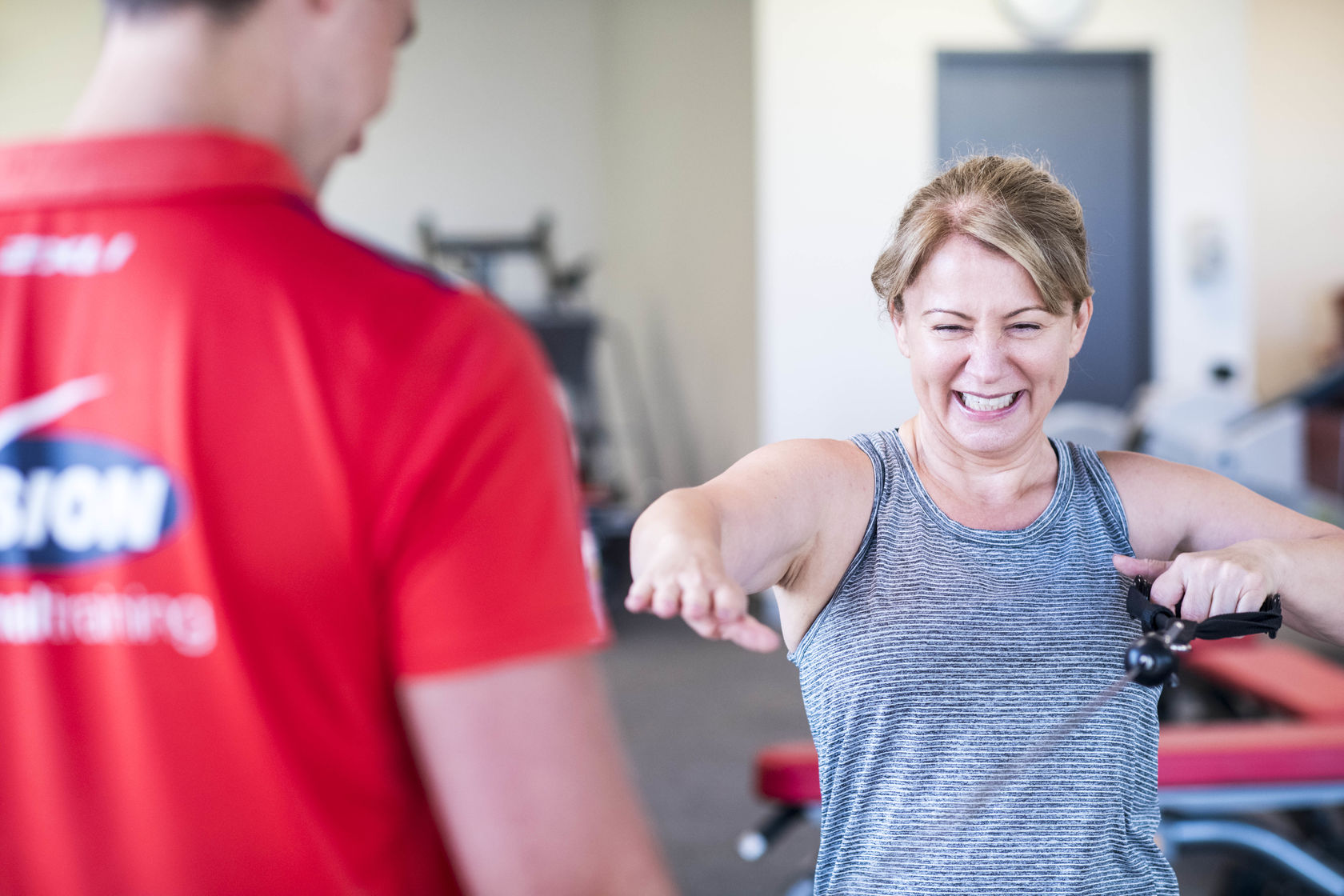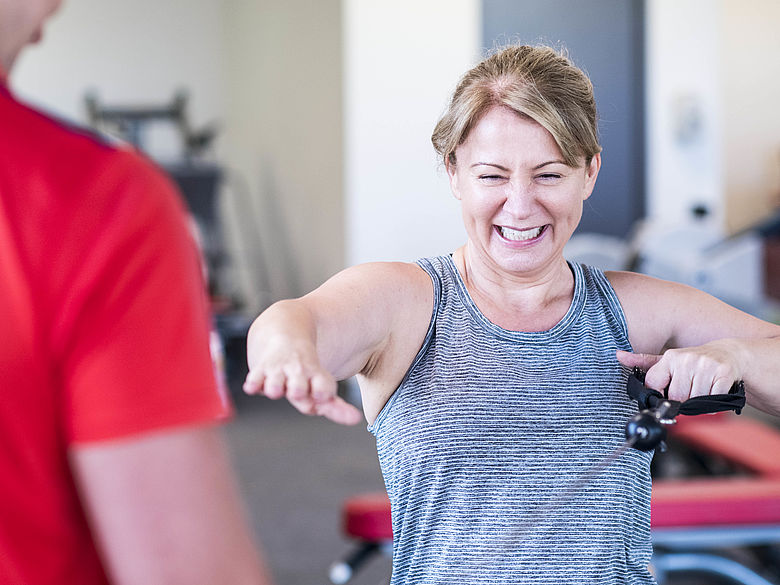Its 5:30am you're up and ready to go for your morning walk. You've just bent down to tie your shoe laces and *PING! There goes your back. Suddenly you're not so motivated to get up and move. How is the rest of the day looking now?
Let me explain how simply this can be avoided!!
Flexibility of your body's muscles and joints is an important factor not only in your training, but in daily functional movement.
How many times have you or someone you know strained their lower back from having restricted movement and mobility?
Flexibility improves performance and it also plays a big part in injury prevention. Whether you've been with your trainer for 3 years and done every exercise there is, or whether you're in your first week in an exercise environment it is required at all levels.
Simply by spending 5 minutes stretching each day in conjunction with your daily exercise, you will see improvement and less likely to become injured.
The amount of movement that a joint can perform is called the Range of Motion (ROM). Each joint is different, as there are a few factors such as connective tissue, bone structure and muscle attachment as well as age and sex. Flexibility is a measure of ROM, so therefore the greater the ROM, the better the flexibility. The better the performance of movements while exercising but also the LESS chance of injury!!
For example, if you suffer from tightness and stiffness in your lower back, chances are you've got tight hip flexor muscles and weak glutes. Exercises like squats, lunges, deadlifts and lower body movements become a struggle due to pain in the lower back.
Improving the flexibility in the front and back of the hips (hip flexors, quads, glutes and hamstrings) is going to have massive improvements not only in your squat but also day to day when reaching down to tie your shoes or pick something up off the floor.
As we age, the body undergoes a process called Fibrosis, which is when connective tissue (tendons, ligaments and fascia) slowly take the place of degenerating muscle fibres. Usually this is a result of people becoming more and more sedentary, therefore using less of the available ROM during simple daily tasks.
We know that exercise has a positive result on our muscles and bones including our flexibility and range of motion (ROM). With a balanced training program and appropriate stretching for upper and lower body, you will kill 3 birds with one stone. Improve range of motion, increase flexibility and prevent injury to enjoy a pain free Lifestyle.
*Disclaimer: Individual results vary based on agreed goals. Click here for details.

